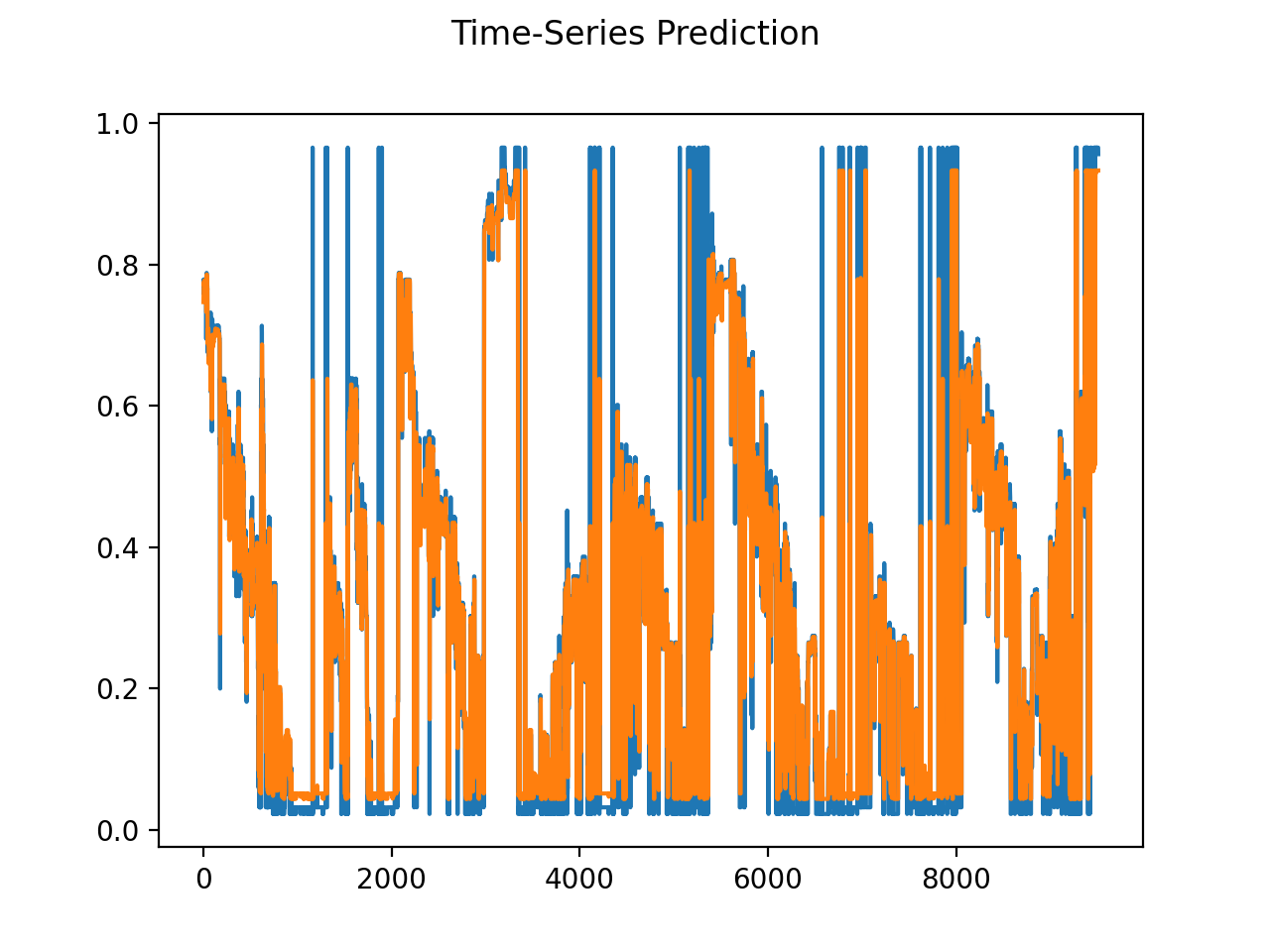The repository can be used to train a forecast model for prediciting the fill levels for smart bins. Currently, it is possible to train the following model architectures:
- LSTM
The LSTM model architecture achieves the following results on the test set:
- R2 = 0.77
- MSE = 0.018
- RMSE = 0.136
Plot of the forecast:
Blue: Ground Truth
Orange: Predictions
.
├── README.md
├── notebooks # Notebooks for data exploration
├── predictor
│ ├── config.py
│ ├── create_dataset.py
│ ├── create_features.py
│ ├── create_folders.py
│ ├── lstm_evaluate_model.py
│ ├── lstm_model.py
│ ├── lstm_trainer.py
│ └── utils
│ └── helpers.py # Helper functions
└── requirements.txt # Needed for creating Pyton env
Installing the necessary Python packages with the requirements.txt (Python 3.7)
$ python -m pip install -r requirements.txt
python create_folders.py
Then upload your file called Smart-Bins-Messwerte(1).xlsx to the folder raw_dataset
python create_dataset.py
python create_features.py
python lstm_trainer.py
python lstm_evaluate_model.py
- Create your Feature Branch (
git checkout -b feature/<...>) - Commit your Changes (
git commit -m 'Add some AmazingFeature') - Ensure your Changes are ready to be pushed (
make push-check). If you see the following message you are ready: - Push to the Branch (
git push) - Open a Pull Request
